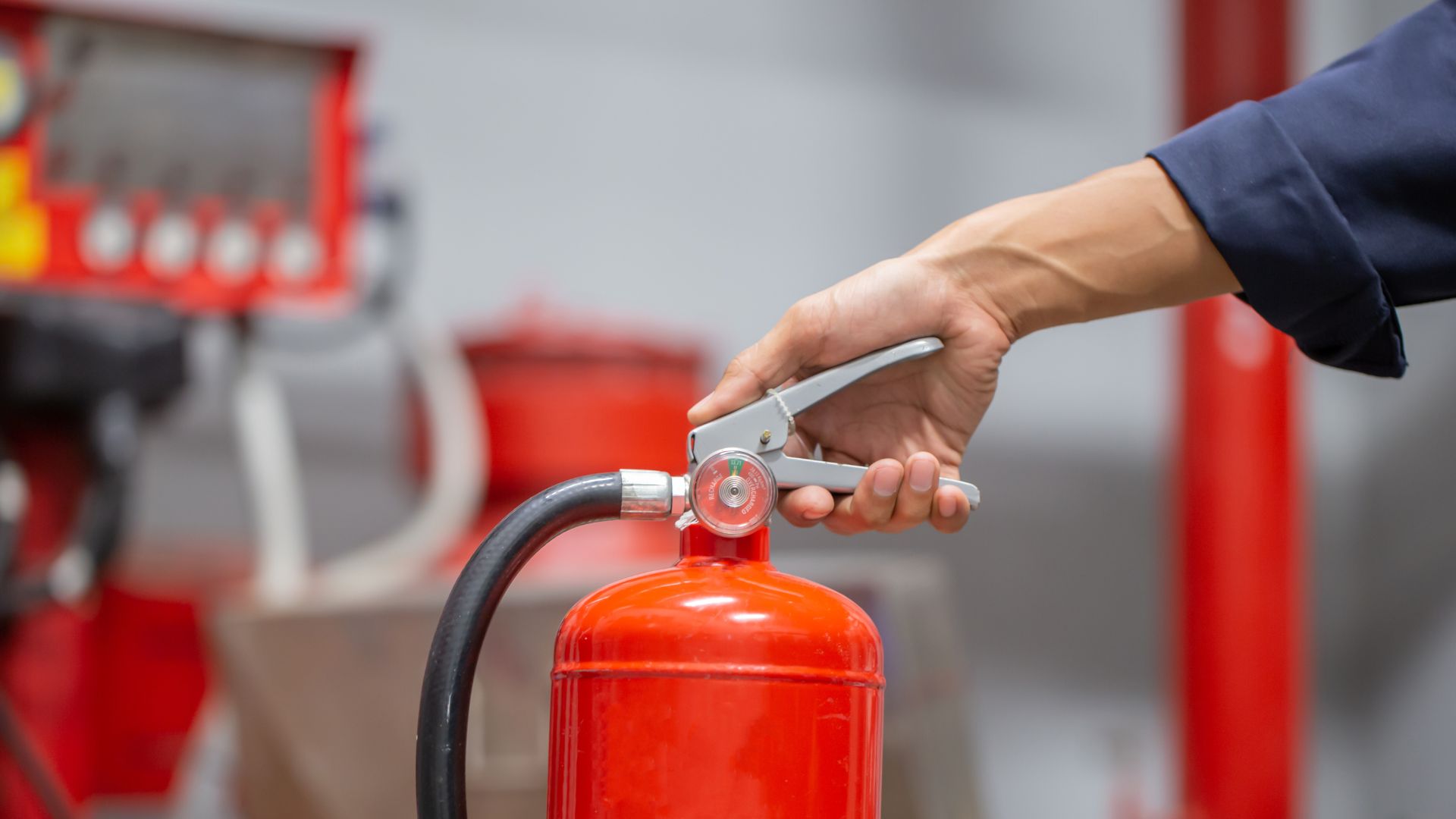Arson in California has become a pressing concern for law enforcement and communities. As devastating blazes continue to sweep through Southern California, authorities face challenges in determining whether fires are deliberately set or occur naturally. Recent incidents, including the Palisades Fire in Los Angeles[1], underscore the importance of understanding the legal framework surrounding arson charges and prosecution.
What is Arson Under California Law?
California law defines[2] arson as starting fires with malicious intent on buildings, forests, or other properties. The Eaton fires[3] in California arson cases are prosecuted under Penal Code 451 and 452, distinguishing between malicious and reckless burning. To successfully prosecute an arson case, law enforcement agencies in Los Angeles and beyond must establish intent and demonstrate that the fire was deliberately set.
Additionally, the investigation of arson in California fire cases presents distinct problems in Los Angeles County due to the city’s unusual combination of urban areas and natural wilderness spaces. The County District Attorney’s office needs to study all the facts to decide if fires were intentionally set or if they appeared naturally.

How Arson Contributes To California Fires?
Natural conditions like dry weather, wind, and dense vegetation make California particularly vulnerable to wildfires. The effects of fires in California arson become deadly when someone decides to start them on purpose. The Palisades Fire demonstrated how human actions can exacerbate wildfire disasters, which destroyed thousands in a single incident.
The Los Angeles Police and Fire departments and other local agencies dedicate significant resources to tracing the sources of wildfires. However, “there is no data supporting winds bringing out arsonists,”[4] a former detective with the L.A. County Sheriff’s Office said. According to the National Interagency Fire Center, arson may account for over 20% of human-caused wildland fires. However, the actual figure remains uncertain, as arson cases are often misclassified initially and may take time to be properly identified.
Legal Penalties for Arson in California
There are severe penalties for arson in California fires, reflecting the devastating impact these crimes can have on lives and property.
Convictions depend on several factors:
- Type of Arson: Whether someone started the fires deliberately or without care.
- Injuries or Fatalities: Fires resulting in bodily harm or death carry harsher sentences
- Extent of Damage: Significant property loss or damage to essential infrastructure influences sentencing.
Under Section 451, penalties may include:
- If someone commits arson that results in great bodily injury, it’s considered a felony[5] and can lead to imprisonment for five, seven, or nine years in state prison.
- If the fire causes an inhabited structure (like a home) or inhabited property to burn, that’s also a felony, with a potential prison time of three, five, or eight years.
- Setting fire to a structure or forest land can result in a felony charge as well, with prison sentences ranging from two to six years.
- Lastly, if someone commits arson targeting tangible property, it’s another felony that could lead to 16 months to three years in prison.
Defenses to Arson Charges in California
- Lack of Intent: The intent in setting a fire must be deliberate and malicious because arson does not include actions performed without intent. This may be a strong defense claim if a fire was started without intent.
- Case of Mistaken Identity: This may be a defense plan strategy when there is not enough evidence to show that the accusation made against is true.
- Not Enough Evidence: The prosecution must prove their case beyond a reasonable doubt. Therefore, if the evidence presented against the defendant is weak or circumstantial, this factor may be raised.
- Alibi: If the accused can prove they were elsewhere when the fire occurred, this can be a defense.
- False Accusation: Certain individuals may have been arsonists only to be charged with arson assaults themselves because of misunderstanding.
Investigations and Evidence in Arson Cases
An investigation of the fire is also referred to as an arson investigation, the focus of which is to determine the fire’s origin and cause[6], with the ultimate aim of understanding its purpose. When foul play is suspected, investigators prioritize gathering evidence to identify the arsonist and build a strong case for prosecution.
An arson investigation is often intricate and involves the collaboration of several specialists. Proper understanding of the science in regards to fire, ranging from where it starts to how it can engulf a certain level of area, is a must for fire investigators.
Evidence in Arson Prosecutions
Evidence in arson cases[7] is essential to prove guilt. Generally, it encompasses both physical evidence that can be obtained from the fire scene, such as accelerants, peculiar burn patterns, etc., and circumstantial evidence that may relate to the defendant’s motive or opportunity.
Proper collection and preservation of the evidence make sure that they are admissible in court, which involves adhering to legal standards, maintaining a chain of custody, and protecting the rights of the accused.
The Role of Climate in Arson Charges
As climate change continues to reshape California’s landscape and weather patterns[8], its impact extends beyond environmental concerns into the legal realm, particularly regarding arson cases.
The intersection of climate conditions and fire-related crimes has created new challenges for both law enforcement and the judicial system, leading to several key considerations:
- Increased Fire Risk: Rising temperatures and prolonged droughts create conditions where fires can easily ignite and spread, meaning even small acts of arson can result in major wildfires.
- Severity of Fires: Fires are becoming more intense, with incidents like the Park Fire in 2024[9], linked to arson, burning 429,603 acres, and becoming one of the largest in California’s history.
- Legal Implications: California’s arson laws factor in intent and damage. As climate change worsens fire conditions, the penalties for arson can be even harsher.
Steps to Take if Accused of Arson
Individuals charged with arson in Southern California should act quickly to protect their legal rights:
- Hire a county district attorney who has experience in handling arson cases.
- Maintain all evidence and documentation.
- Contact your Los Angeles criminal defense lawyer to create a solid defense strategy.
As California faces severe wildfires, understanding arson laws is pivotal. Prosecuting arson cases requires balancing strict enforcement with consideration of environmental factors. It’s essential to hold accountable those who deliberately start fires while proving these cases beyond a reasonable doubt.
In Southern California, especially Los Angeles County, ongoing cooperation among law enforcement, fire investigators, and the legal system is paramount. With climate conditions promoting fire spread, preventing and prosecuting arson is vital for protecting lives and property statewide.
Resources
-
Author. (n.d.). Palisades Fire | CAL FIRE. https://www.fire.ca.gov/incidents/2025/1/7/palisades-fire
-
California Code, PEN 451. (n.d.). https://leginfo.legislature.ca.gov/faces/codes_displaySection.xhtml?lawCode=PEN§ionNum=451.
- Author. (n.d.). Eaton Fire | CAL FIRE. https://www.fire.ca.gov/incidents/2025/1/7/eaton-fire
- Bohannon, M. (2025, January 14). What Sparked the California Wildfires? Experts Consider Power Lines, Fireworks, and Arson. Forbes. https://www.forbes.com/sites/mollybohannon/2025/01/14/what-sparked-the-california-wildfires-experts-consider-power-lines-fireworks-and-arson/?utm_source=chatgpt.com
-
Manshoory, S. (2023, September 20). Misdemeanor, felony and “Wobbler” offenses in California. Manshoory Law Group, APC. https://manshoorylaw.com/blog/misdemeanor-felony-and-wobbler-offenses-in-california/
-
Wildfire Causes and Evaluations (U.S. National Park Service). (n.d.). https://www.nps.gov/articles/wildfire-causes-and-evaluation.htm
-
Forensic Science: Forensic Evidence in arson Cases: Part I | Office of Justice Programs. (n.d.). https://www.ojp.gov/ncjrs/virtual-library/abstracts/forensic-science-forensic-evidence-arson-cases-part-i
-
Community destroyed by California’s Park Fire starts to recover. (2024, October 7). [Video]. NBC News. https://www.nbcnews.com/science/environment/california-arson-threat-climate-change-rcna171393
-
NASA Earth Observatory. (n.d.). California’s park fire spread fast and hot. https://earthobservatory.nasa.gov/images/153254/californias-park-fire-spread-fast-and-hot


